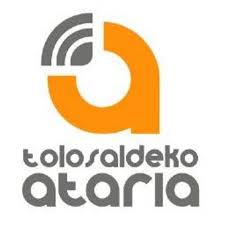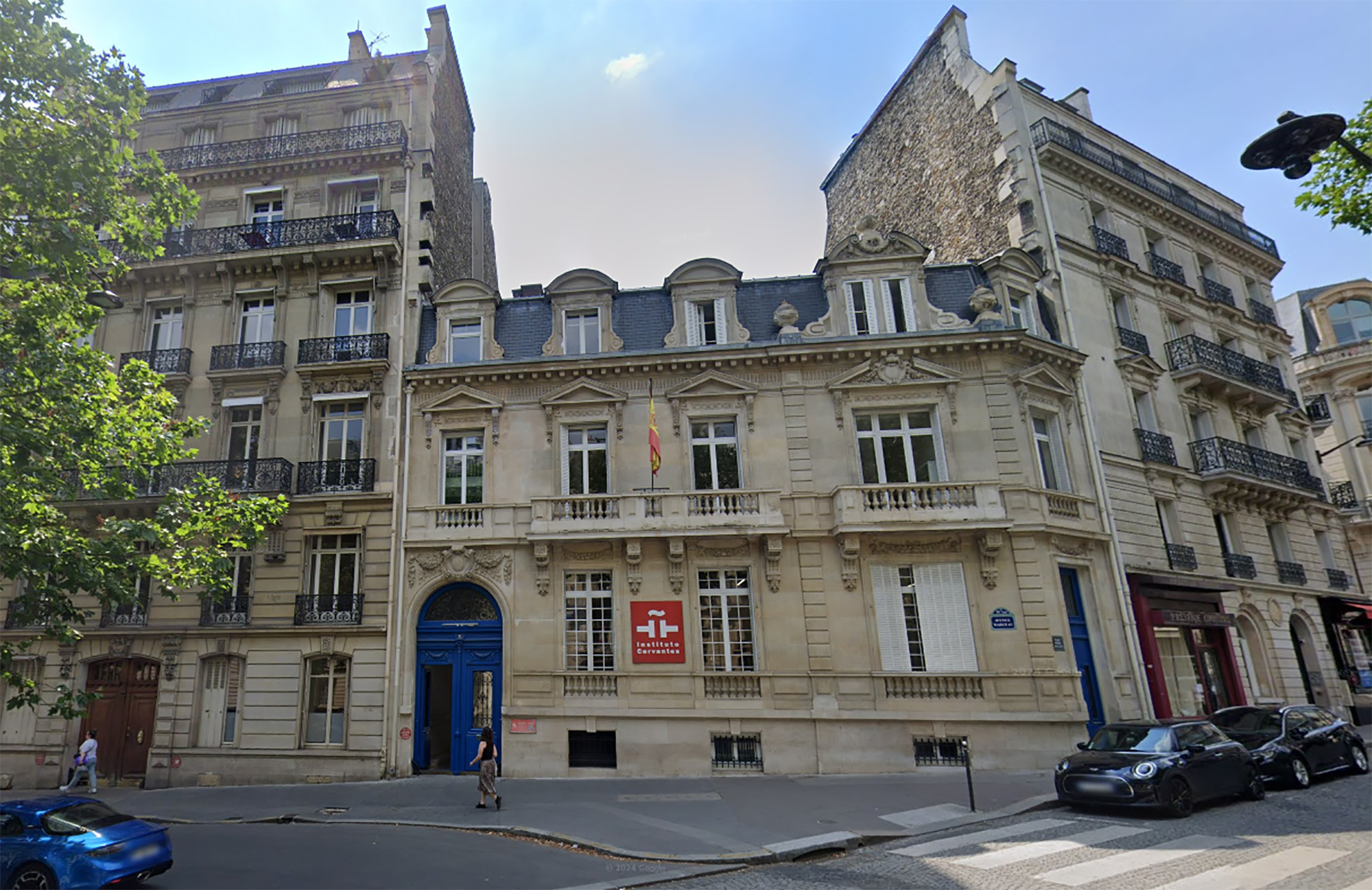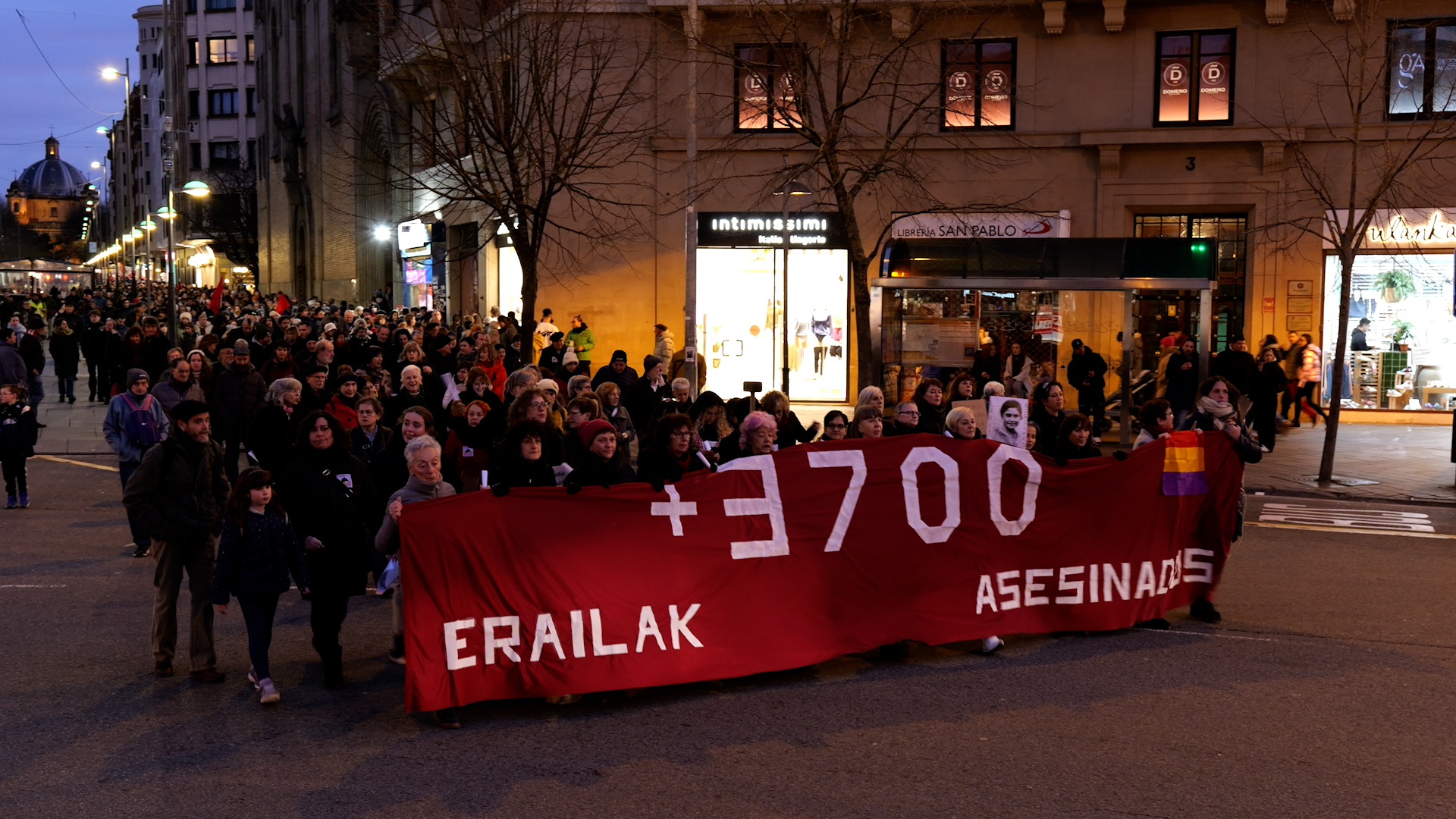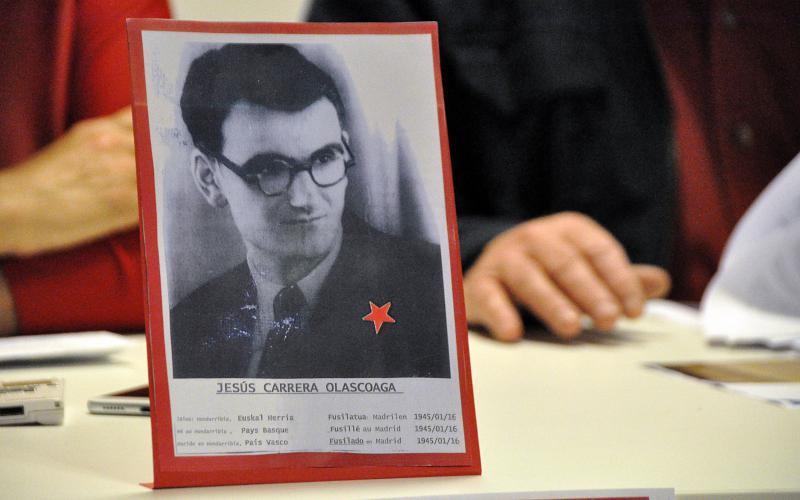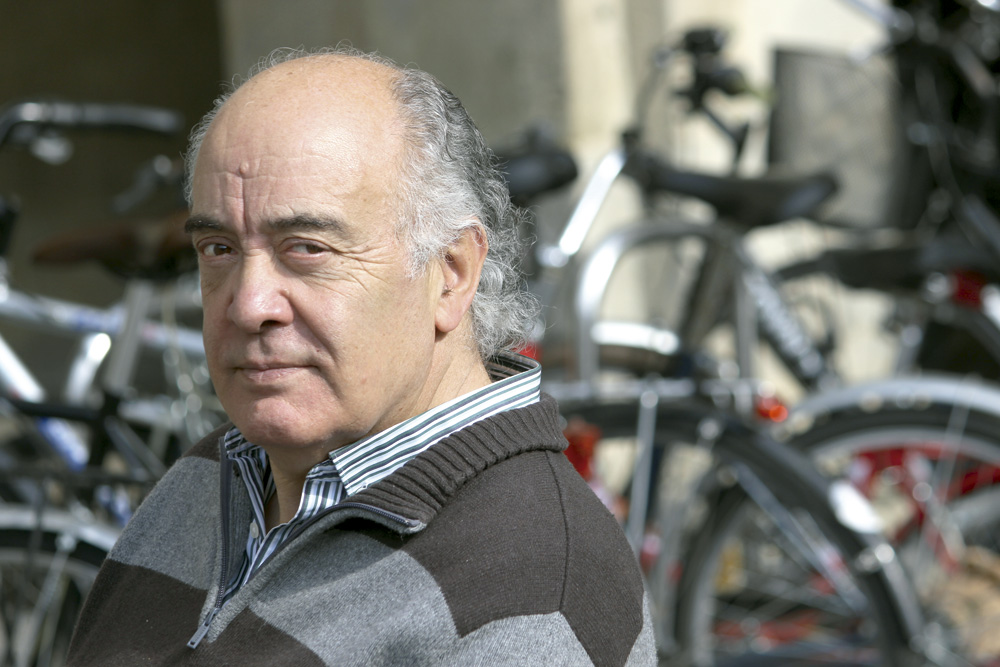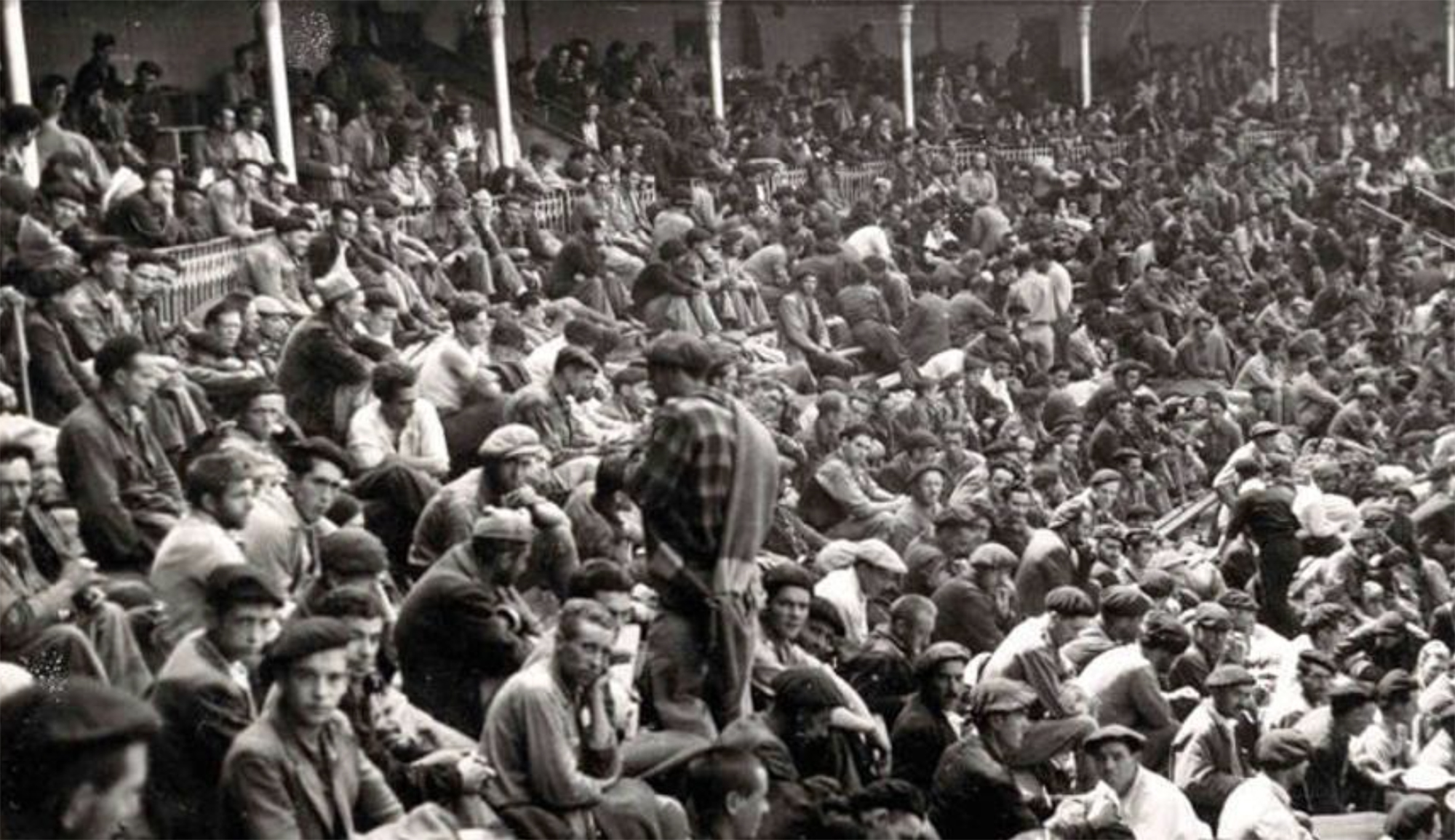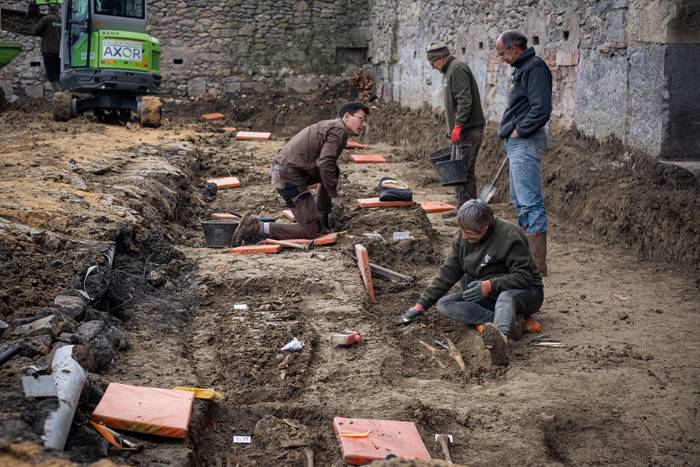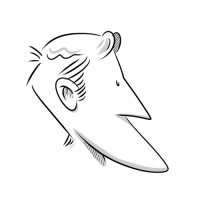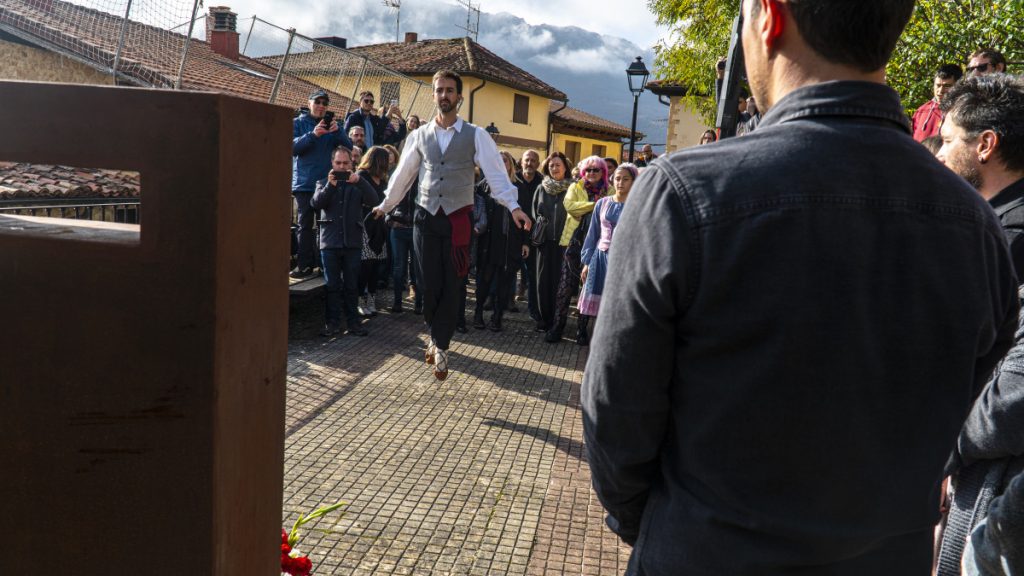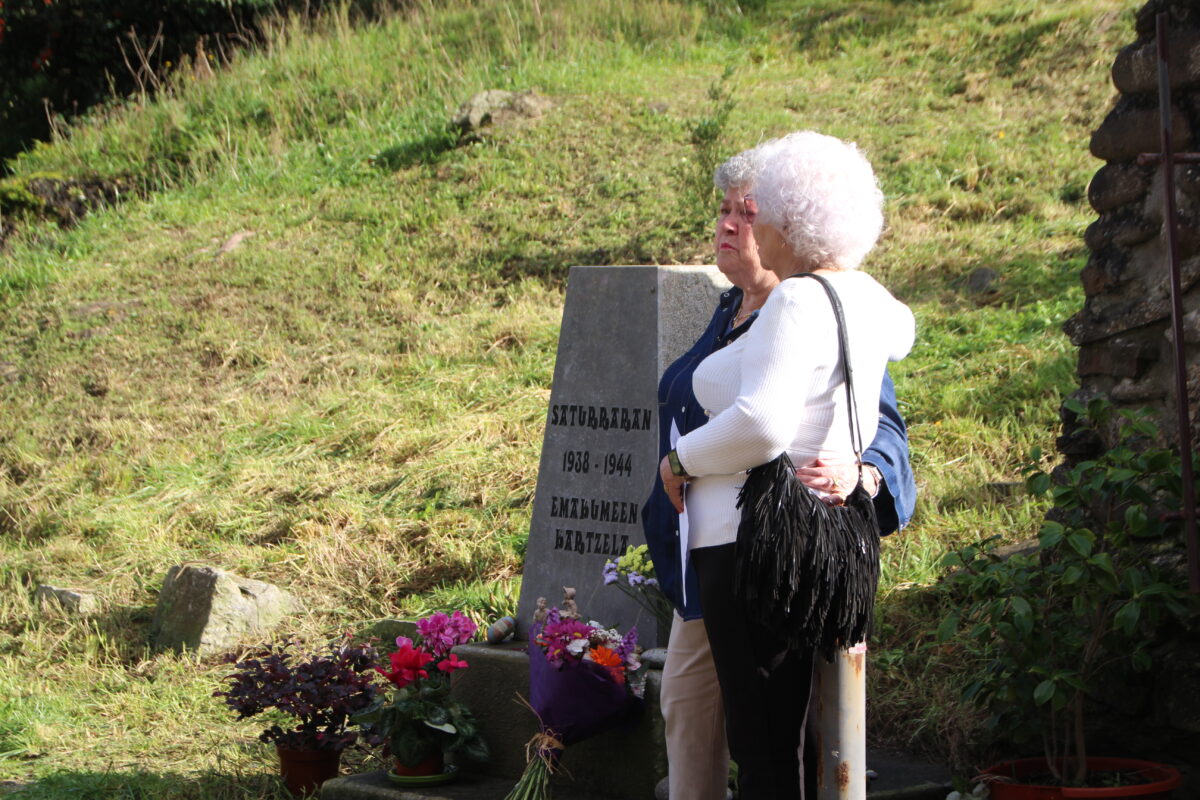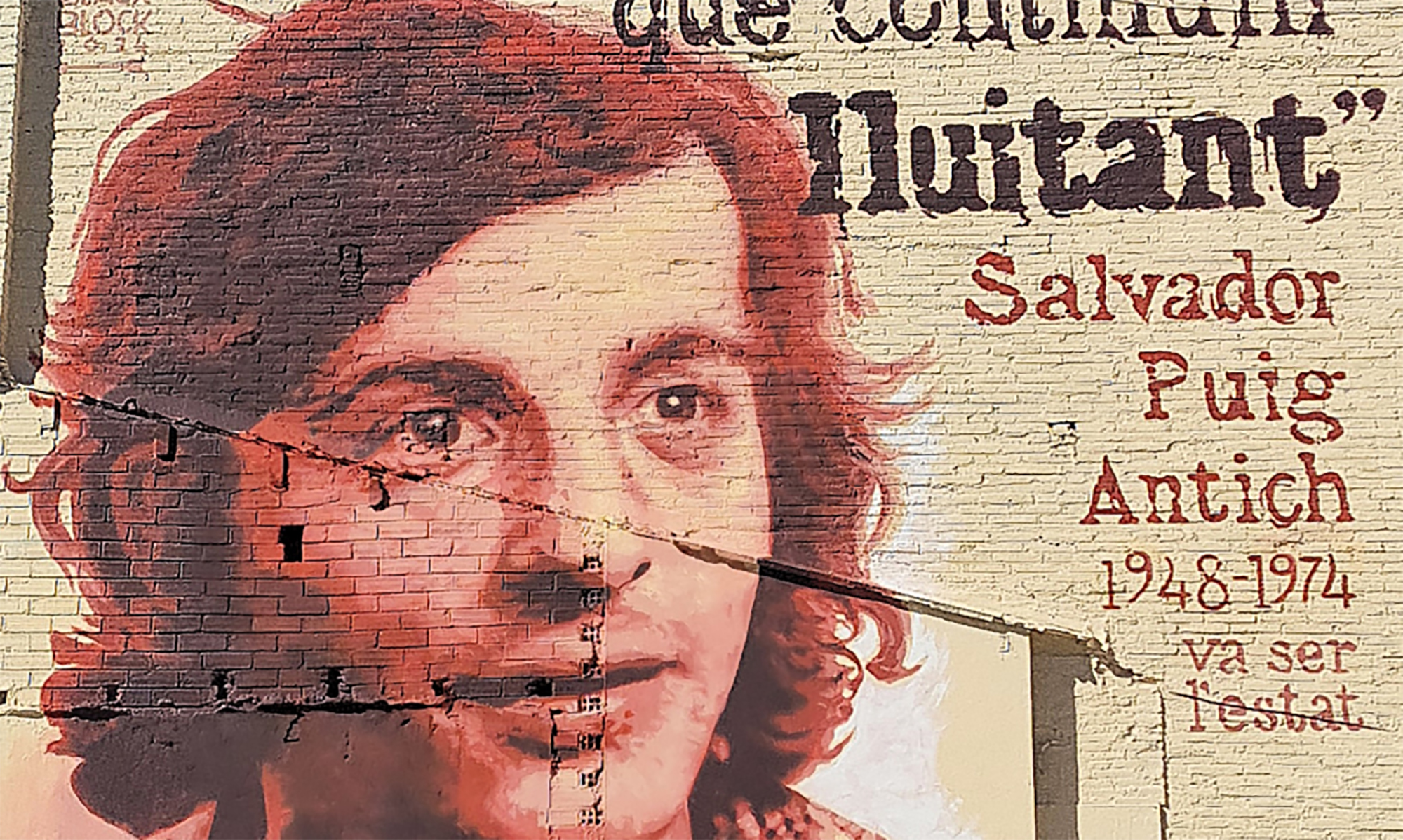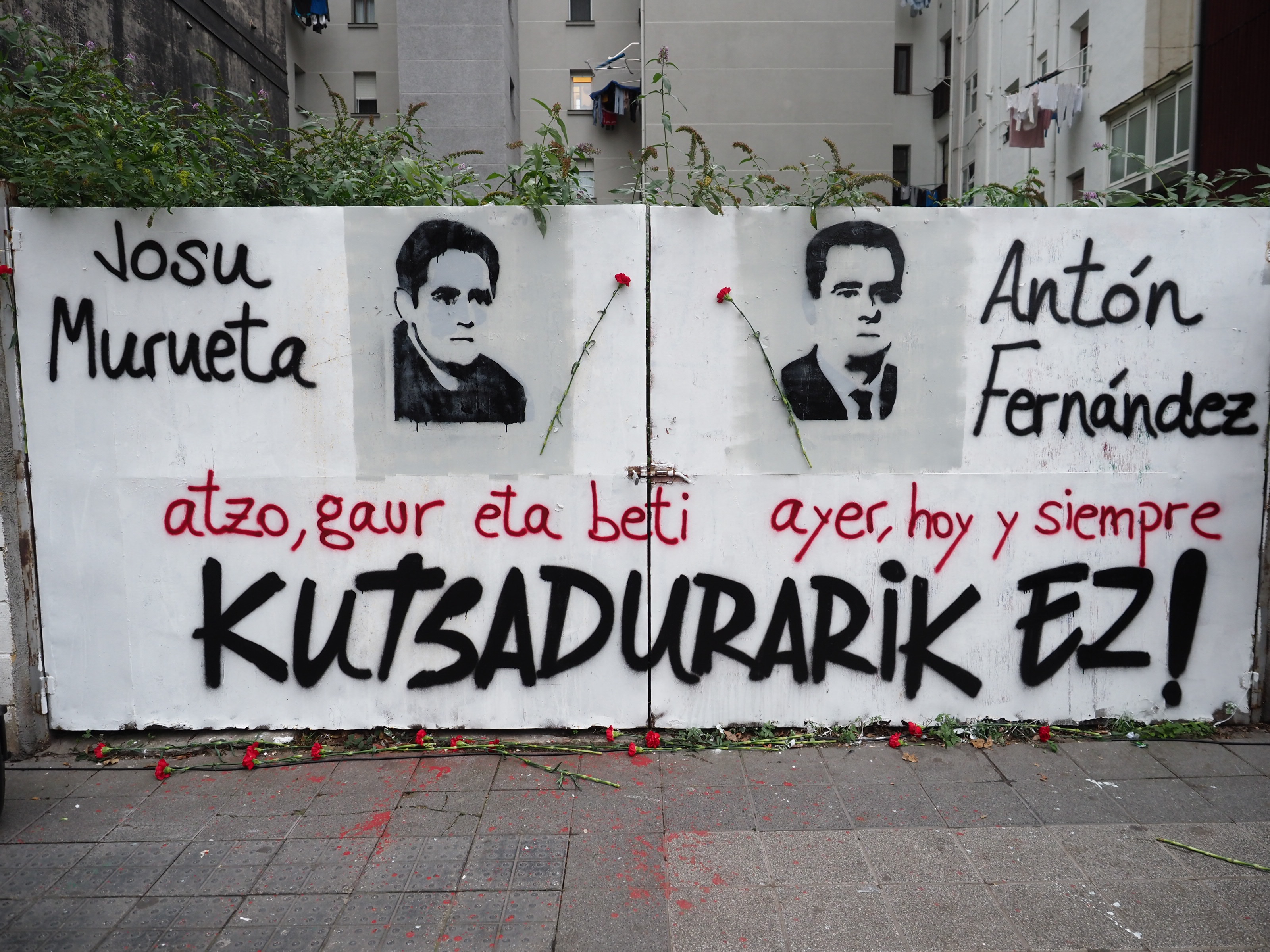"They wanted us to judge, but the regime was the one that was judged."
- From 3 to 9 December 1970, in the Chamber of Justice of the Military Government of Burgos, 16 Basque citizens were tried. Antton Karrera sat in the dock. The Military Court reported its ruling on 28 December, in which, in addition to prison sentences, it sentenced three people to death and two to death. The festival will start at 22:00 a.m. and will be starring Jokin Gorostidi.

On the occasion of the 50th anniversary of the Burgos process, the PORTAL made a meeting with Antton Karrera Agirrebarrena (Amezketa, 1943) in the exhibition that can be visited in the Txillardegi room of the Carlos Santamaria center of the UPV/EHU in San Sebastián. The sample, organized by the Directorate General of Human Rights and Democratic Culture of the Provincial Council of Gipuzkoa, has been prepared by the Society of Sciences Aranzadi with the collaboration of the UNESCO Chair of Human Rights and Public Authorities of the UPV/EHU. 1970-2020. The Burgos process. The exhibition Judgment to Francoism can be visited until January 26. Karrera has sufficed to take a look at the images that have been seen to remember what happened half a century ago.
Do you remember the Burgos process as something that happened some time ago?
Yes. They're old days. It's 50 years, and society and the way of living have changed a lot. If we look at how we were then and how we are now, it's a big change. 50 years is half a century, and if a people does not change at that time, it can be said that that people are dead. Fortunately, things have changed and that means that the people are alive.
In which areas did he develop his militancy at that time?
I was in charge of some departments. In Goierri, Bergara, Arrasate and Azpeitia there were groups and there he gave lectures. The atmosphere was then very energetic. I have never done anything that is contrary to the law. I talked, explained things and dedicated myself to it all my life. I've never used violence with anyone. I haven't stabbed anyone. I have always argued that the use of violence is not the way in politics.
When were you arrested?
I was arrested on 15 March 1969. At that time, I was a Labor Bank technician, and my work was aimed at a cooperative. That day I had to give a lecture at an agricultural school that was in Donostia. One of the detainees gave the police the license plate of my car and stopped me as I passed.
What treatment did they give him?
I spent a week in the civil government, in Amara. We were there a lot of people, and I was in a police office all the time. I was tortured. I still have scars on my wrists, because of the blows they received with the wives on them. The first two days I received the tortures, and from then on they left me quiet. Nobody knew I was there, and my obsession was to tell the family. I set up a trap for the cops to hear about my whereabouts. I was going to attend a working meeting on St. Joseph's day and handed over to the police the physical details of a person who was going to appear there, making them believe that it was my contact in the organization. They arrested him, and when they brought him in front of me, I told them they were wrong, that that was just a colleague of mine. He was immediately released, and through her it was discovered that I was detained.
From there they took you to Martutene.
Yes. I remember the chickpeas I got there. It's been the best dish I've eaten in my life. I spent seven days eating a sandwich, we were given one a day. I came to Martutene and it seemed to me to be the most tasty chickpea dish in the world. I've never been taken from my head that goce that I felt, and it won't take me away. Things are relative and depending on the situation in which you find your point of view changes.
You spent a few months in Martutene, because from there you were transferred to Burgos.
Yes. It was the worst jail in Spain at the time. It was a prison that was used to punish political prisoners. Hundreds of people were shot on site and used the machine gun to do so; we were able to see firsthand the holes caused by the shrapnel. I remember the cold. The winter of that year of the process was red. All sources were frozen inside the prison. We went out into the yard to drink water in a glass of aluminum and couldn't get to the cell without freezing the water. For a few days, the thermometer was around 20 degrees below zero.
The trial began on 3 December 1970 and had a great social impact. Did you know the defendants?
We knew everything, the same day the news was coming. We had good information. We had systems to ensure that exchange of information, we to communicate from within and to deliver news from outside. This network had never come off. We knew, therefore, that demonstrations were taking place on the street like never before against the dictatorship. There were demonstrations throughout Spain and also in Europe. For example, in Paris, or in London.
Also in Catalonia.
Yes. They were locked up, for example, in the monastery of Montserrat. Intellectuals and artists gathered around 300 to demand freedom and the right to self-determination.
On the eve of the trial, ETA kidnapped the Consul General of the Federal Republic of Germany, Eugen Beihl. Did this contribute to the international dissemination of the impact of the trial?
The kidnapping had its meaning at that time. It is clear to me that the intellectuals did not accept this kidnapping and we did not even accept it at all. The sixteen defendants in the Burgos process met for the first time on the day that the trial began. On 3 December 1970, at 06:00, in the basements of the central captains, we held an assembly to discuss this issue of kidnapping, because some of us felt that the kidnapping did not benefit us at all. A vote was taken in which nine votes against the kidnapping, four abstentions and three votes in favour were cast.
These are two of the curas processed in the Burgos process. What was the attitude of the Church?
Yes, it's true. Those of us who were tried in the Burgos process had little relationship between us, I knew only three or four before. We were militants from different areas on the street and Franco got us into that process, wanting to teach a lesson, but it went backwards. Even if it is not publicly available, there are data that point to the intervention of the Pope. After all, the church had to take a stand. Perhaps until then he had not sufficiently condemned the Franco massacre, but he had to make a public statement in this process. The bishop of Donostia-San Sebastian, Jacinto Argaia, and the bishop of Bilbao, José María Cirarda, issued a letter in November condemning the trial.
They raised the breakdown as a trial and wanted to question the regime itself. How did that strategy work?
People don't know anything about that. All the dynamics of the judgment are put forward by us. We told the lawyers what they were going to ask us, each to answer their own. Lawyers were our tools. We decided all the steps. Artemio Zarco was my lawyer. The dictatorship wanted to judge us, but in the end it was the regime that came to court. The knowledge of the truth about the facts that were imputed to us was of the second category, the process that we wanted to turn into a political issue. We wanted to make visible the Franco himself and all the massacres that this regime has caused. I think that in that strategy we were right because our message was spread across the board.
You decided when and how to end the trial.
Yes. Mass demonstrations were taking place in Euskal Herria, Catalonia, Spain and many parts of Europe. In a demonstration against the 4 December process in Eibar, the police shot the young man Roberto Pérez Jauregi, who died four days later. There was a lot of repression and we could lengthen the trial three or four more days, but we decided it didn't suit us. If people weren't protesting on the street, we believed that our words weren't worth it, that what we did on the street was what sustained our struggle. It was not possible to maintain it for so long. The trial lasted about a week and we decided we should break it. We told the lawyers: "We have to cut this today, here it ends." We agreed on how it would end and that day we declared what belonged to Mario Onaindia, and after that we all sang the words of Eusko gudariak together.
The judgment of the military court in Palma de Mallorca was given on 28 December. Three courts were sentenced to two death sentences each, and three more to one each. As for you, twelve years in prison.
When we received the sentence, we didn't comment much between us, because for some it was very hard. The regime wanted to use our penalties as an example to the anti-dictatorial militants. They wanted to take it to the end. However, there were pressures and the people who least expect it also got wet in our favor. The following day, the Council of Ministers of Franco had to commute the death sentences, replacing them with life imprisonment.
They served a sentence in Segovia prison. What do you remember from your prison?
I spent the two or three months following the end of the trial in Burgos and from there I was taken to Segovia. I have a lot of memories of that time. We came to control the internal movement of the prison and we knew almost all the internal issues better than the prison leadership. Among the officials were communist militants and I had contact with them. In Segovia we were all political prisoners and united. We had a common bag from which the prisoner who didn't provide ate ate like the one who did. We were ordering food and we were cooking. There are people who say they ate there as well as in a hotel. The jail was completely self-managed. We were about 125 prisoners and it was an assembly movement.
A lot of solidarity, but also debates ...
Yes. Once in jail, I changed my lawyer and started with Paco Letamendia. He would introduce us to documents on the discussions that were taking place at the time in the organization. I made it clear to him that I did not agree with the line that was there. It was the time of the 6th ETA Assembly and in the division that took place then I took another path. Then I militated in the LKI and I am one of the six people who legalized the party in Madrid under the name of LCR.
You left prison on 3 March 1976, the same day that the Vitoria massacre took place.
Yes. That day was terrible, a lot of things happened to me. At 10:00, I left jail and my relatives waited at the door. When I was near the door, the prison service chief came to see me and said: "Can I invite you to a cafe?" I answered yes, and he fired me from jail. What I didn't know was that I was carrying the planes of the escape of Segovia, hidden in the shoes.
A month later, 29 prisoners managed to escape from prison.
Yes. When I was inside, we had already begun to prepare for the leak and do some tests. The day I left, I did not return to Euskal Herria, I went directly to Madrid, where I had to take the papers. I still can't tell who I gave it to, it's not convenient. Today, despite being retired, he is a very important person at the state level.
Are relations maintained between those who were imprisoned together in Segovia?
Yes. Some have already died and others have already been done by the Foral Police of Navarra. But some of us who were there met each year in Eibar to make a meal and be together. It's a habit of years far away, and on one of the first occasions this meeting was made in Amezketa, my home house, Lizeaga.
What clues has the Burgos process left on you?
Today things have completely changed. You can't work with the time scheme. At that time, being tried, being sentenced to jail, marked me, but it didn't change me. I guess my behavior is due to progress over time. It has touched me to live in those conditions and to say and do what I think in those conditions. I think I have acted seriously. What marks reality must be respected and I do not have much difficulty complying with it, for some it will be suffering by subjecting myself to it, not for me. I'm disciplined. I think without discipline, there's nothing in life. The more disciplined, the better the results are obtained everywhere. As in politics, now in this context of the pandemic. Look at China, for example. In this my teacher was my father. He said: “To start working, you have to think and organize.”
Will you especially remember the 50th anniversary date of those who were processed?
Yes. On Thursday there was an event in Eibar where I was with some of the defendants and lawyers still living in the area. We go to the sites that we are called, as far as possible.
Pamplona, 1939. At the beginning of the year, the bullring in the city was used as a concentration camp by the Francoists. It was officially capable of 3,000 prisoners of war, at a time when there was no front in Navarre, so those locked up there should be regarded as prisoners... [+]
This text comes two years later, but the calamities of drunks are like this. A surprising surprise happened in San Fermín Txikito: I met Maite Ciganda Azcarate, an art restorer and friend of a friend. That night he told me that he had been arranging two figures that could be... [+]
The Dual sculpture, placed on Ijentea Street, was inaugurated on May 31, 2014 in tribute to the 400 Donostiarras executed by the Franco regime during the coup d'état of 36 and the subsequent war. It was an emotional act, simple, but full of meaning. There they were relatives and... [+]



